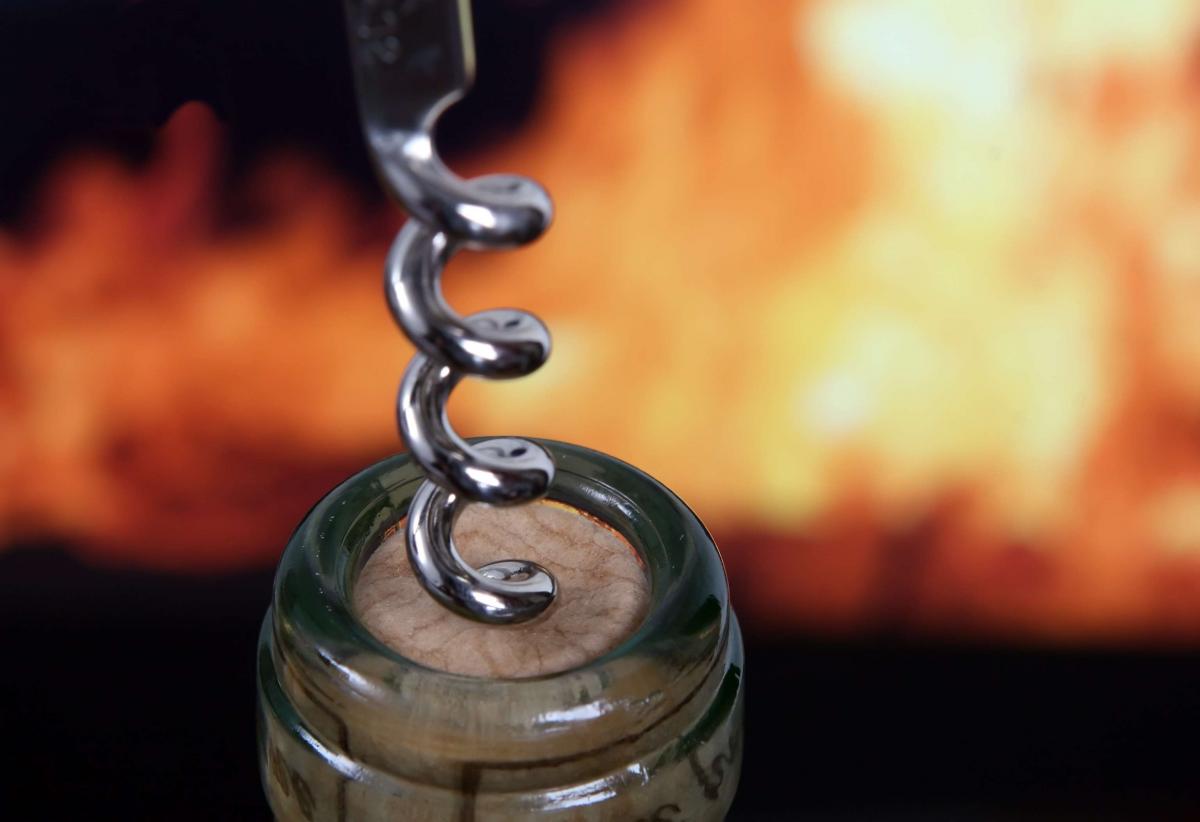Agrifrance recently posted a report looking at the French wine industry, with an especial focus on export to the United States.
The U.S. “has been the world’s leading wine market by value since 2013,” says the company head, Benoit Léchenault, in a preface to the report.
France is the second biggest producer of wine in the world, surpassed in this respect only by Italy. [Italy expanded the size of its lead a bit in 2016.]
Regional Contrasts
The report contrasts the different wine growing regions of France, which have fared very differently of late.
Burgundy suffered in 2016. Production declined by 34% due to an end-of-April frost, and damaging hailstorms in May. But exports of Burgundy wines continued to grow especially to North America, Japan and Hong Kong.
The vineyards of Alsace, on the other hand, had a good year. Their production in 2016 was up 18% against 2015, and was up 10% against the average of the 2011-2015 period.
In Provence and the Côtes-du-Rhône region, the early growing season was slow, but helpful rains in September and October made up the shortfall, and the year ended up 1% compared to 2015. In Provence in particular, the grapes were picked between three and ten days later than they had been in 2015, apparently to take advantage of that late burst of growth.
In Bordeaux, production came in 7% above the year before, and 12% above the 2011-2015 average. Sales of Bordeaux rose by 7%.
The U.S. Wine Market
Export is of course vital to the French wine industry. Wine consumption within France has fallen by two thirds over the last half century. It has been either declining or flat throughout Europe.
Fortunately, the world’s two largest economies, the United States and China, have a great thirst for the stuff. The Chinese market may well be the subject of another report another year, the U.S. market receives the attention from Agrifrance this year.
In 2015, sales of wine in the U.S. reached 31 million hectoliters. Thus is roughly 13% of the world’s consumption.
The market is segmented by bottle price, with value wines (jug or box wines) representing the lowest rung of the ladder. The categories, in order upward from there, are: fighting varietals; popular premiums; premiums, super premiums, and ultra premiums.
There has been a progressive movement up that ladder on the part of the U.S. wine consuming public in recent years. This has been good news for the French importers; their wines continue to enjoy a reputation for quality. That reputation allows France’s wines to sell at premium prices even against other European imports. In the sparkling wines sector of the market, the average price of a bottle of Spanish sparkling wine sold in the US, but measured in euros (and per liter) was €4.34.The average price for Italian sparkling wine per liter? €4.85. The equivalent figure when the stuff comes from France? €21.09. There is an analogous discrepancy (though not quite so marked) for still wines as well.
After the financial crisis of 2007-08, U.S. consumers began looking for more affordable wines, so imports from Australia, Canada, and Chile gained ground. But that trend had run its course by 2012.
Clovis Taittinger
The report includes an interview with Clovis Taittinger, deputy managing director and export director of the Taittinger Group, the corporate alter ego of a family of wine merchants whose forebears moved to the Paris region in 1870.
As Clovis Taittinger tells the story in the interview, his family sold the business to Starwood Capital in 2005, but then bought much of it back the following year. At present, “our company owns almost 300 hectares of vines” and it sells about 6 million bottles of wine a year.
Taittinger as a brand is unusual, Clovis Taittinger says because of the simplicity of the structure: “we have no subsidiaries and we don’t get involved in distribution.”
As to the United States, Taittinger is very optimistic about continued growth in demand. “Over the past five years” he says, “despite an unfavorable euro-dollar exchange rate for most of the period, consumption has risen.” In selling into this market “authenticity is key and it is important for us to tell a true story about our product.”




